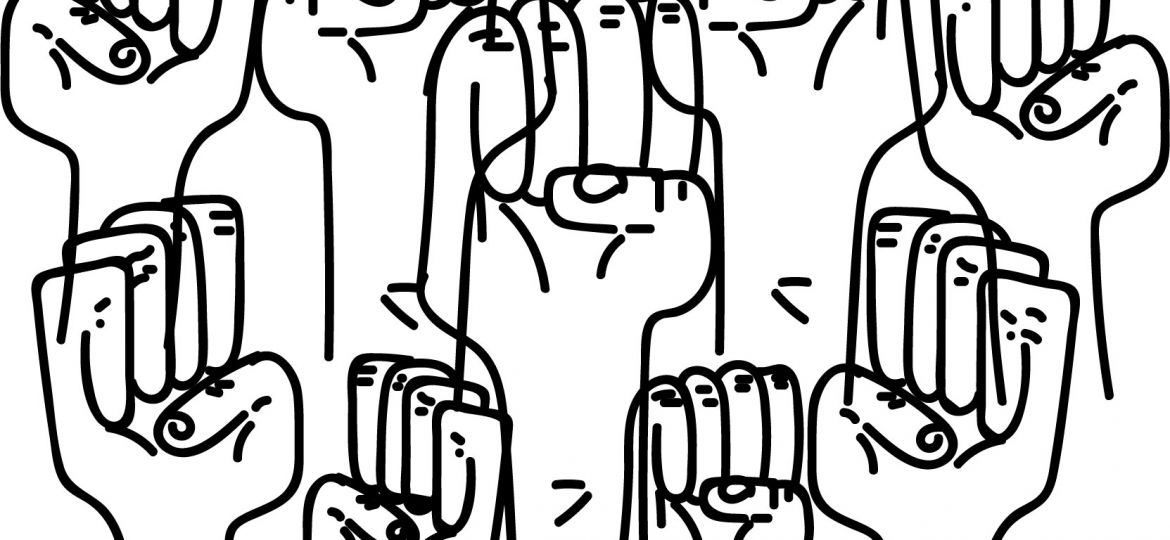
“The powerful will not let you vote away their power.”
My mom once sent me a meme with this quote on it and it has stuck with me ever since. And it’s true. Power corrupts, and the corrupted love their power. One example of corrupt power is congressional offices. Even though members of congress pretend to hear their constituents, they don’t actually have to see them in person. They see numbers. After all, numbers are what keep politicians and representatives in power. During elections, they need a very specific – and very large – number of people to vote for them. On the off-season, they need huge sums of money to increase their chances of reelection. It’s a cycle that repeats itself every several years – but where does it lead?
When a politician prepares to make a controversial vote, they don’t see the people protesting in front of them with marches and letters and calls, they only see the numbers. – 54% in favor, 34% opposed, 64% chance of re-election, $2 million in donations from lobbyists for a No vote. How can a protest overcome that apathy?
Don’t get me wrong, protests that consist of people walking a pre-approved and permitted route are a good way to raise awareness and solidarity with other people who share your opinions, and they are probably one of the most comfortable ways to protest. These types of protests also definitely have a role in activism. It can be comforting to know that you are doing something, and protests can, in some cases, be a low-risk activity.
But dig a little deeper. When the leader of an organization or group requests permission to walk a route, they are allowing themselves and the people they walk with to be censored. The people are protesting, yes – but the people in power, the people who matter don’t see the people behind the protest. They simply see another event that they’ll have to acknowledge in their weekly report and mention in their next speech.
People join protests to combine their voice with others, even if they don’t agree on everything. People who protest together feel like they’re moving in the same direction. However, a group won’t get anywhere if it’s afraid to cause problems for people in power. And so people and groups who want to get results from protests will have to protest in ways not approved by those in power.
The easiest way to remind those in power that you exist as a person is to catch them unaware, in a place and time where they don’t have an office and staff to help them come up with a beautifully worded, but ultimately non-committal – likely an answer full of fake promises and half-truths. The United States has a long and varied history of direct confrontation that has achieved results. My favorite example of this is a strike – more specifically, a sit-down strike.
Look at the sit-down strike against General Motors in Flint, Michigan. The workers decided that, to make the United Auto Workers Union stronger, they would have to go after a large target, namely, the General Motors plant. This action was dangerous as the bosses didn’t want a union and were close with local political leaders. While a regular strike will get your message across and usually raise solidarity between others sympathetic to your cause, there are still ways of having a strike broken.
The bosses could bring in strikebreakers or scabs, they could set up boss-run unions and they could even bring in the National Guard or police force. And while strikes work well, they don’t send the same message as sit-down strikes, where workers literally seize the means of production and shut down the entire facility. This sends a message to the bosses: “We run this, you can’t do anything without us. If we aren’t treated like human beings we will shut you down.”
This is the kind of direct action that gets things done. Making those in power uncomfortable and showing them the consequences of their wrong and hurtful ideas are the only ways to get them to legitimately change. And if you do confront them face-to-face, they will have to think about their wrongs and put a face to the issues they previously just connected to with numbers. Direct confrontation makes it clear you’re willing to take a stand for your ideas and goals, and that you’re not just a number on a spreadsheet.
Of course, if you go out and disturb people in power and make them actually confront their views, you will get hand-wringers of all political stripes, from both sides of the aisle, telling you, “Aww, don’t confront these people! You’ll ruin their lunch! We need to fight civilly.”
There are different kinds of civility and those in power routinely weaponize it. Anytime they are inconvenienced in any way, they call for civility while people are killed in the street and their families beg for justice. For those in power, civility is merely being able to eat their escargot in peace while anybody with half a conscience understands that civility is respecting another person’s basic human rights. Because the powerful don’t understand civility in the same way that anyone below them does, there’s no use in using civility to talk to them. The least anyone can, and should, do is ruin their lunch.
Protest is one of the few tools no one can take away from you as an individual or as a group. Create signs and set up roadblocks. Chant the slogans. Draw people to you so they can see why you’re protesting. But to achieve real change, do not shy away from direct confrontation.
John Conlan ’22 (conlan1@stolaf.edu) is from Two Harbors, Minn. His major is undecided.















